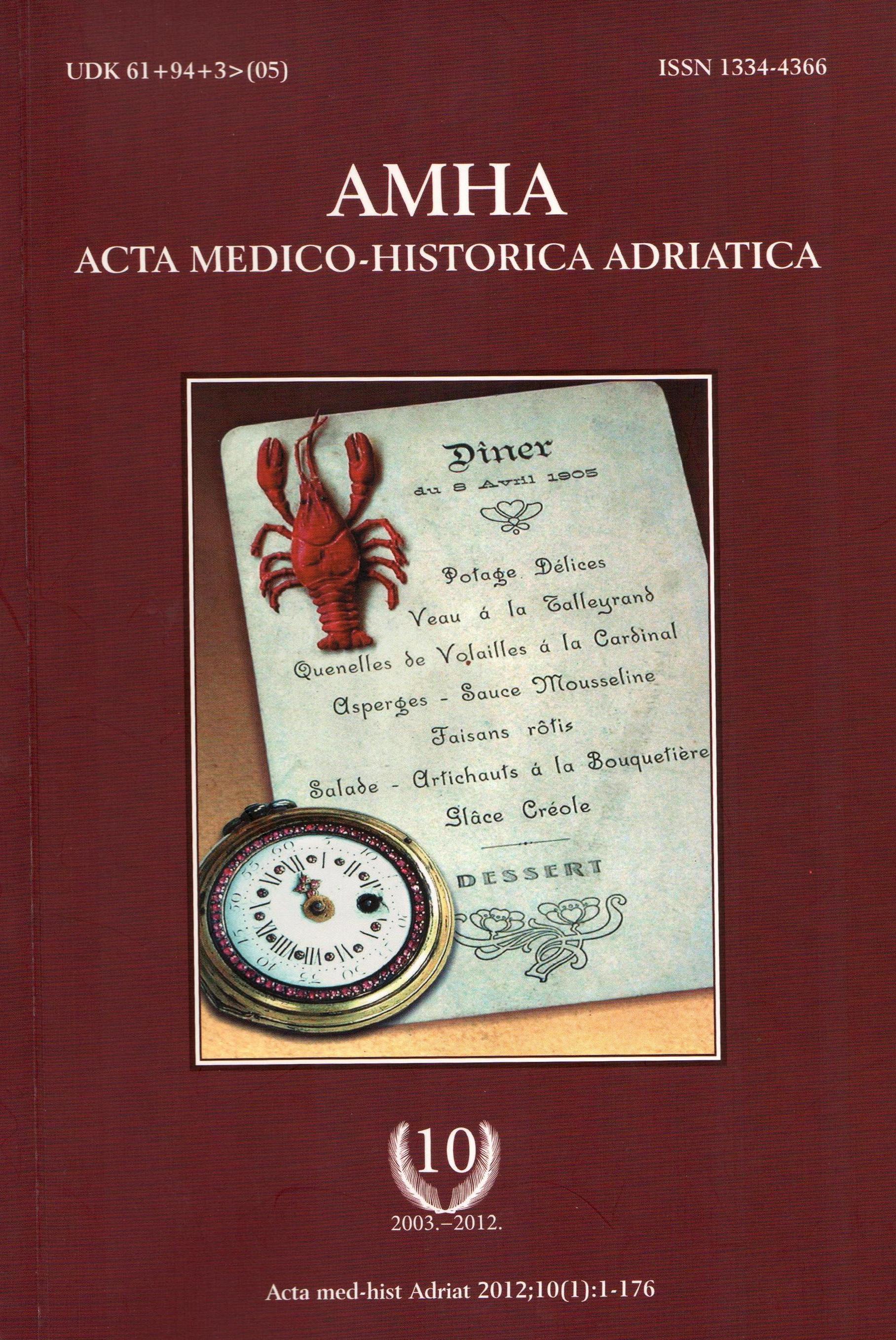Cardiopulmonary resuscitation: a historical perspective leading up to the end of the 19th century
Keywords:
cardiopulmonary resuscitation, cardiac arrest, history, ventilation, circulation, defibrillationAbstract
Social laws and religious beliefs throughout history underscore the leaps and bounds that the science of resuscitation has achieved from ancient times until today. The effort to resuscitate victims goes back to ancient history, where death was considered a special form of sleep or an act of God. Biblical accounts of resuscitation attempts are numerous. Resuscitation in the Middle Ages was forbidden, but later during Renaissance, any prohibition against performing cardiopulmonary resuscitation (CPR) was challenged, which finally led to the Enlightenment, where scholars attempted to scientifically solve the problem of sudden death. It was then that the various components of CPR (ventilation, circulation, electricity, and organization of emergency medical services) began to take shape. The 19th century gave way to hallmarks both in the ventilatory support (intubation innovations and the artificial respirator) and the open- and closed chest circulatory support. Meanwhile, novel defibrillation techniques had been employed and ventricular fibrillation described. The groundbreaking discoveries of the 20th century finally led to the scientific framework of CPR. In 1960, mouth-to-mouth resuscitation was eventually combined with chest compression and defibrillation to become CPR as we now know it. This review presents the scientific milestones behind one of medicine’s most widely used fields.


